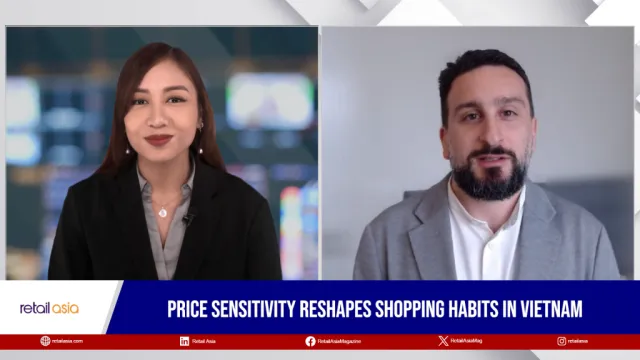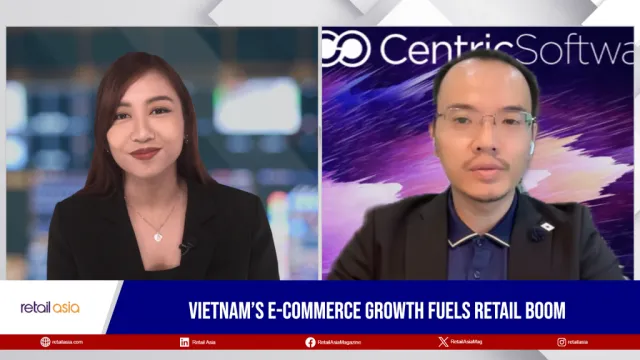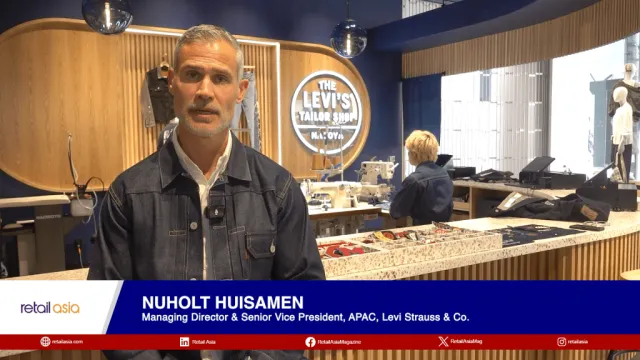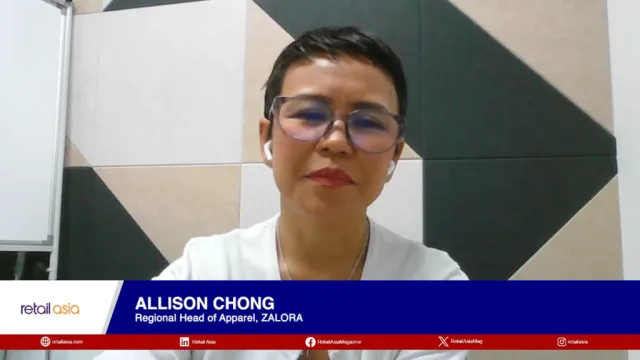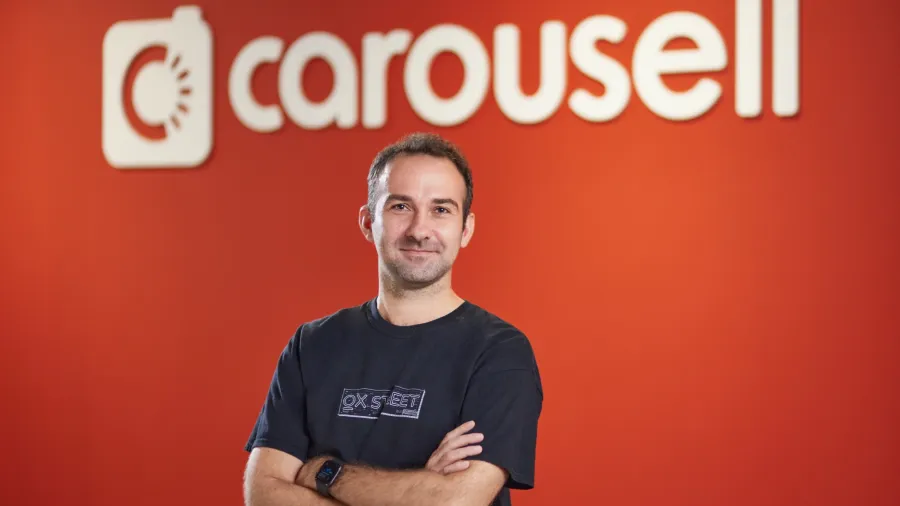
Here’s how Ox Street makes secondhand items more attractive than new
The company has an authentication process to ensure fake items do not make it to the listing.
Buying secondhand items may not be as frowned upon as before but the fear of purchasing fake products and difficulty in accessing secondhand products hinder consumers from entering the used market.
Singapore-based recommerce platform Ox Street is campaigning the consumption of secondhand items through its website and app. It has put in place an authentication process wherein it manually approves every listing on both platforms.
“One of the things that we're trying to do with Ox Street is to reduce those uncertainties and make it easier for people to dip their toes into the used market,” Ox Street CEO Gijs Verheijke said.
“Brands can help buyers get more certain about buying used, help them with guarantees, and maybe even returns, like those kinds of assurances that you will get when buying new. These really need to be brought to the used market more for shoppers to really take the jump from being very interested to actually buying a lot,” he added.
In an interview with Retail Asia, Verheijke also shared its plans and how the recommerce sector is evolving in Southeast Asia.
How has Ox Street performed so far in 2022?
We're almost tripling sales in 2022. We've had a couple of really big milestones, the most important one being the “Used” launch on 25 July. We thought we could do around $40,000 in sales in the first three months, but we actually made that in the first four weeks. The “Used” category on the app is one of the most browsed pages, almost the same as the most popular section. Aside from this, we've also launched in Australia in April. We're working more closely with our parent company Carousell and the different Carousell business units and potentially expanding the type of categories that are on Ox Street, like more clothing and maybe bags and other stuff.
We have clothing but it's like in the beta stage. We have a couple of brands now like ADLV, Supreme, and Carhartt. We are adding apparel on a weekly basis. The next one we are looking at is bags because they were a part of the Carhartt release. Since we are already selling bags unintentionally, we thought that we should probably look into including them in our platform.
Tell us about the re-commerce of luxury products in Asia. What is driving the shift to secondhand products?
The recommerce trend starts from the global trend which we believe is underpinned by two things. The first one is climate change which is really becoming a more urgent concern, especially for young people. In a way, re-commerce is helping secondhand to become aspirational or cool to have. Another thing is the type of products that Ox Street is dealing with, like limited edition sneakers, which are expensive. As we start to make this available and make it easier to shop secondhand, people are actually being blown away by the prices. The savings are really massive. There are lots of markets in Southeast Asia where that is very important for young people who may not yet have the spending power like in the US or other big cities in super developed countries like China, where people spend a lot on top brands.
Which markets in Asia are leading or are more open to buying secondhand products?
Based on the Recommerce Index 2021 Report by Carousell, the Philippines is number one where 92% of people surveyed say they've purchased secondhand before. Taiwan and Hong Kong are also very high with around 85%. When it comes to categories, it’s mostly apparel in the Philippines and Taiwan, and toys, video games, and game consoles for Hong Kong. The percentages are really high too even for the countries that are not in the top three. Everyone has basically tried to buy something used before, it's more on increasing the frequency and improving the experience.
What opportunities and challenges do we expect to emerge for the re-commerce sector?
The opportunity it presents is the extension of the life cycle of fashion items which is good for the environment and the world. My dream is for people to start thinking differently about ownership. If you can buy something used and you can wear it for a while, and you can sell it again on the same platform, you can almost consider it as a cost of ownership. That is a huge opportunity if you can consider the possibility of selling everything again and keeping it in circulation.
On the challenges side, I feel that selling is not yet as easy as it needs to become. It's still quite cumbersome. For example, most of the time people will need to have a printer to print the shipping label. Who has a printer at home nowadays? That is one example of what seems like a minor thing, but I believe those minor things stack up and stop people from selling stuff that they want to sell if it became easier. Another challenge is definitely authentication that’s why it's very risky to buy luxury products on Facebook or even from a non-trusted seller on Carousell, because you just don't know whether a product is authentic or not. At least that part we have already been able to solve with Ox Street where every product is authenticated by experts. It is something that is going to come up more still a lot in the upcoming five to 10 years where people are scared of fakes ending up in circulation.
Some consumers are still hesitant to buy secondhand products. What are your efforts to encourage people to buy used?
It starts with people's willingness to consider wearing a used product. We do a lot of content and marketing around positioning used as actually better than new. People are very scared to crease their shoes or make them dirty, but with used, it doesn't matter as much. One of the slogans we have is, “If you're gonna wear them anyway, you might as well buy used.” I don't like this term of educating the market, but I prefer showing people a different perspective on used, and hoping that a lot of them will give it a shot and discover the benefits. The other part is how can we improve the customer experience. We already have authentication. The other obvious one is, how people can be assured that what they get is actually what they see in the app. Right now, there are seven photos that people have to take for the listing. Our team approves manually every used listing for now but we want to come up with ways in the app to make it clearer for people. For example, we can come up with a grading system for used sneakers. Those are some of our 2023 priorities also for making it easier for people to try buying used.
How do you see the re-commerce sector evolving in the next three to five years?
When Airbnb first started to explode, people were like, “Who would let a stranger sleep in their bed?” It just doesn't make sense, but you saw that the value proposition was so compelling that it kind of moved under the radar until suddenly, it was completely mainstream. I believe the same thing is happening in the used market. It is still seen as a little bit eccentric to buy used. But it's really clear that young people just really don't care and they don't see any stigma on buying used or, wearing pre-loved fashion. You can just see it taking off all over the world in the next five years and we believe it's really going to breakthrough in Asia.
Ox Street is open to sellers from 10 markets, do you have plans to expand to other countries to accommodate more sellers?
Our approach has been to be open to selling and buying to as many countries as we can. The challenge is that, since we have this authentication step, the seller has to ship the products first to us and that becomes very expensive over long distances. So, we are limiting ourselves to Southeast Asia, a bit of East Asia and then Australia and New Zealand. Even though we are open to selling in 10 countries, we were not focusing our energy and marketing resources equally across all of them. We're mainly focusing on growing our customer base in our top markets and will also work on building further in markets where our parent company Carousell has a big presence such as Hong Kong and Taiwan, as well as Australia, Singapore, Malaysia, and the Philippines.
The most important thing is really still “Used.” We don’t have any competition in authenticated used. Our goal is to become the undisputed leader in the used category where people think of us first. That is really what a lot of our efforts will be focusing on.

 Advertise
Advertise
